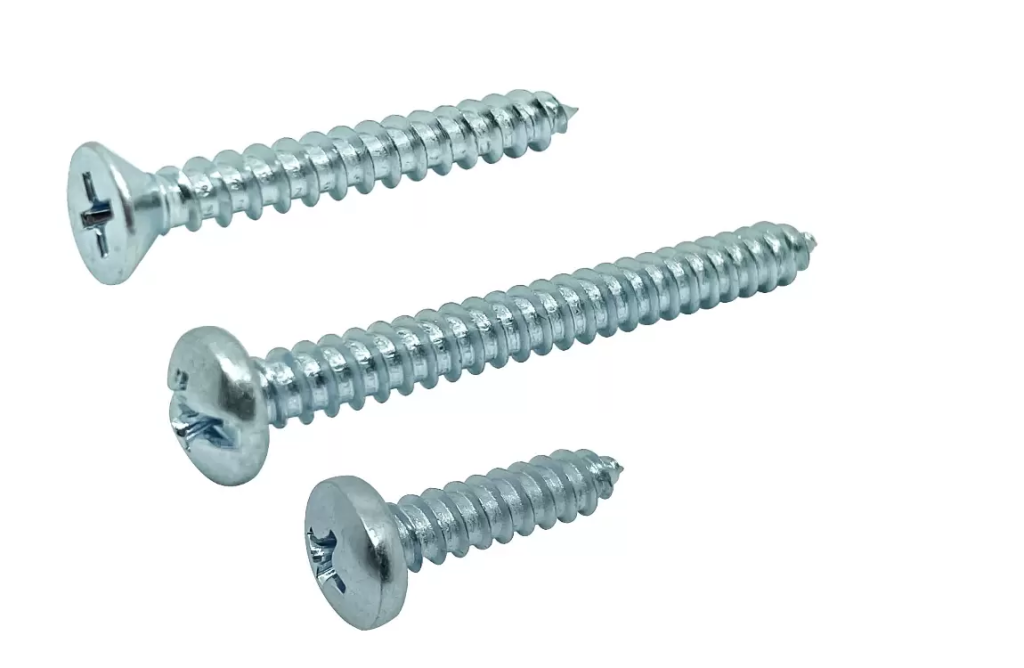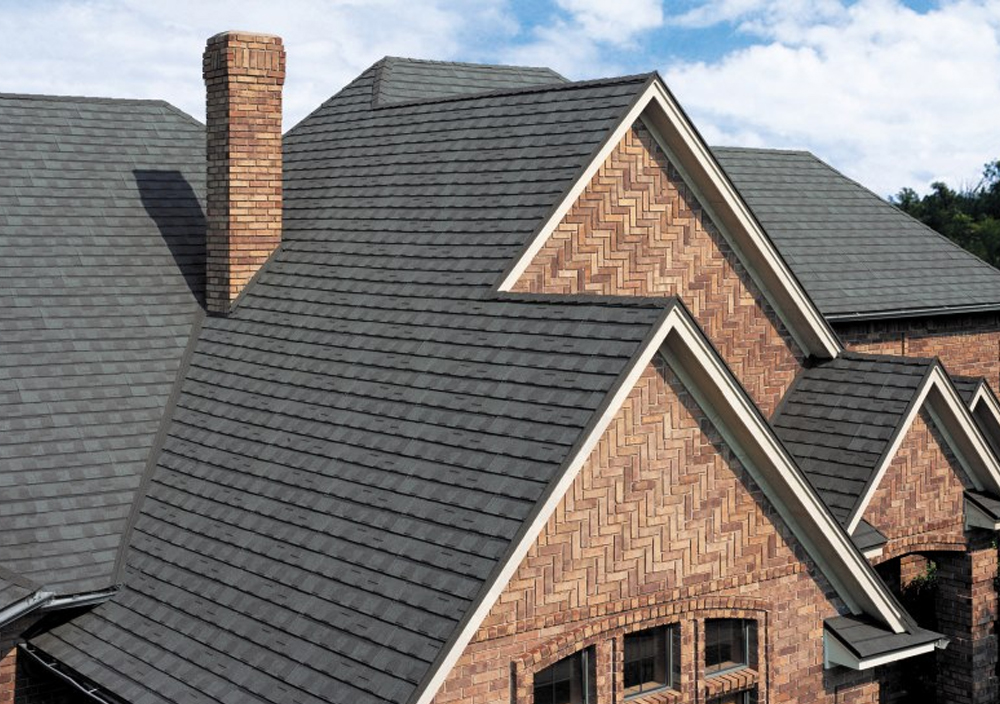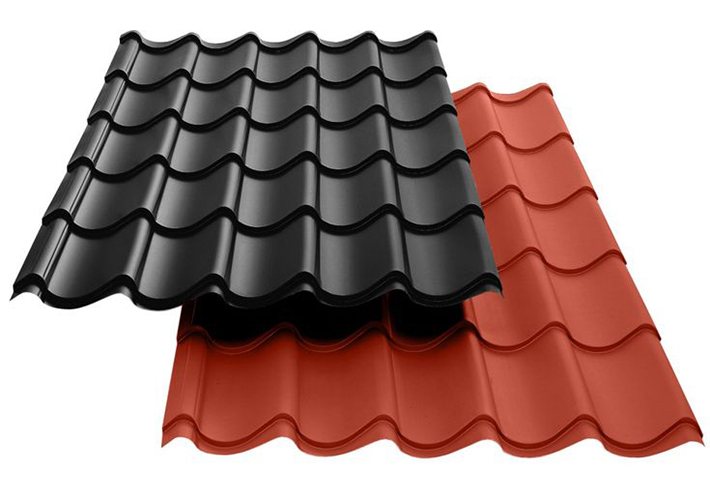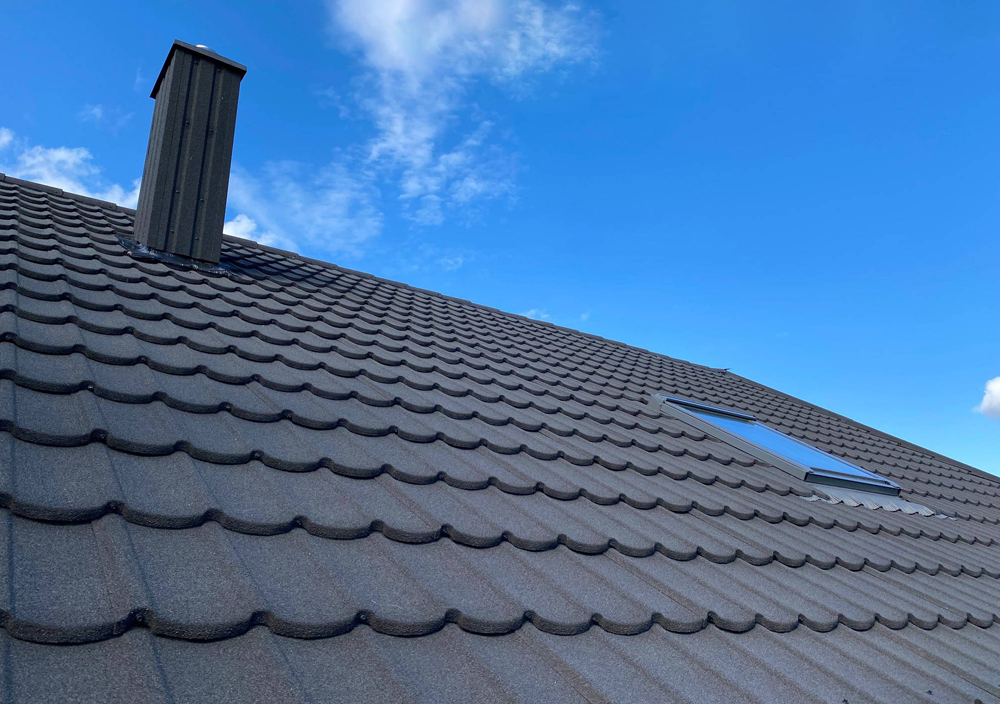Drilling screws, often known as self-drilling screws or tek screws, come in various sizes to suit different applications. The sizes are typically specified by the diameter, length, and sometimes the thread count. Here’s an overview of the common sizes:

Dimensions
Diameter
Drilling screws are typically referred to by their gauge, which is a measurement of the diameter. Common diameters (gauge) include:
- #4 (2.9 mm)
- #6 (3.5 mm)
- #7 (3.9 mm)
- #8 (4.2 mm)
- #10 (4.8 mm)
- #12 (5.5 mm)
- #14 (6.3 mm)
Length
The length of a drilling screw is measured from the point to the underside of the head. Common lengths (in inches) include:
- 1/2″ (12.7 mm)
- 3/4″ (19.1 mm)
- 1″ (25.4 mm)
- 1-1/4″ (31.8 mm)
- 1-1/2″ (38.1 mm)
- 2″ (50.8 mm)
- 2-1/2″ (63.5 mm)
- 3″ (76.2 mm)
- 4″ (101.6 mm)
Thread Count
Thread count, measured as threads per inch (TPI), varies with the size and intended application:
- Coarse thread: 10-16 TPI
- Fine thread: 18-24 TPI
Head Styles
Different head styles serve various purposes and are selected based on the application and required finish:
- Hex Head: Offers a high torque application and is often used in metal fastening.
- Pan Head: Provides a larger bearing surface and is suitable for wood and soft materials.
- Flat Head: Countersunk for a flush finish in applications where the screw head needs to be flush with the surface.
- Phillips Head: Common in general applications, easy to drive with a standard Phillips screwdriver.
- Modified Truss Head: Low-profile head with a large diameter for extra holding power and stability.
Point Types
The drill point of the screw determines its self-drilling capability:
- Type 1: Standard self-drilling point suitable for metal-to-metal applications.
- Type 17: Self-drilling point with a cutting edge, ideal for wood and wood-to-metal fastening.
- Type 3: A point designed for harder materials and thicker metal sheets.
Material and Coating
Drilling screws are made from various materials and coatings to enhance their performance and durability:
- Carbon Steel: Common for general applications.
- Stainless Steel: Provides corrosion resistance and strength, ideal for outdoor and corrosive environments.
- Zinc-Plated: Offers a degree of rust resistance and is used in indoor applications.
- Galvanized: Heavy-duty rust protection for outdoor use.
- Nickel and Chrome-Plated: Provide additional corrosion resistance and a decorative finish.
Applications
Drilling screws are used in a wide range of applications, including:
- Metal-to-Metal Fastening: Often used in roofing, framing, and HVAC applications.
- Wood-to-Metal Fastening: Suitable for joining wooden components to metal frameworks.
- Plastic-to-Metal Fastening: Used in various manufacturing and assembly applications.
Specific Examples
Example 1: #10 x 1″ Hex Head Self-Drilling Screw
- Diameter: #10 (4.8 mm)
- Length: 1″ (25.4 mm)
- Thread Count: 16 TPI
- Head Style: Hex Head
- Point Type: Type 1
Example 2: #8 x 3/4″ Pan Head Self-Drilling Screw
- Diameter: #8 (4.2 mm)
- Length: 3/4″ (19.1 mm)
- Thread Count: 18 TPI
- Head Style: Pan Head
- Point Type: Type 17
Example 3: #12 x 2″ Flat Head Self-Drilling Screw
- Diameter: #12 (5.5 mm)
- Length: 2″ (50.8 mm)
- Thread Count: 14 TPI
- Head Style: Flat Head
- Point Type: Type 3

These screws are used in various applications, including metal-to-metal fastening, wood-to-metal fastening, and even plastic-to-metal fastening. The choice of size depends on the material being fastened, the required holding strength, and the specific application requirements.





